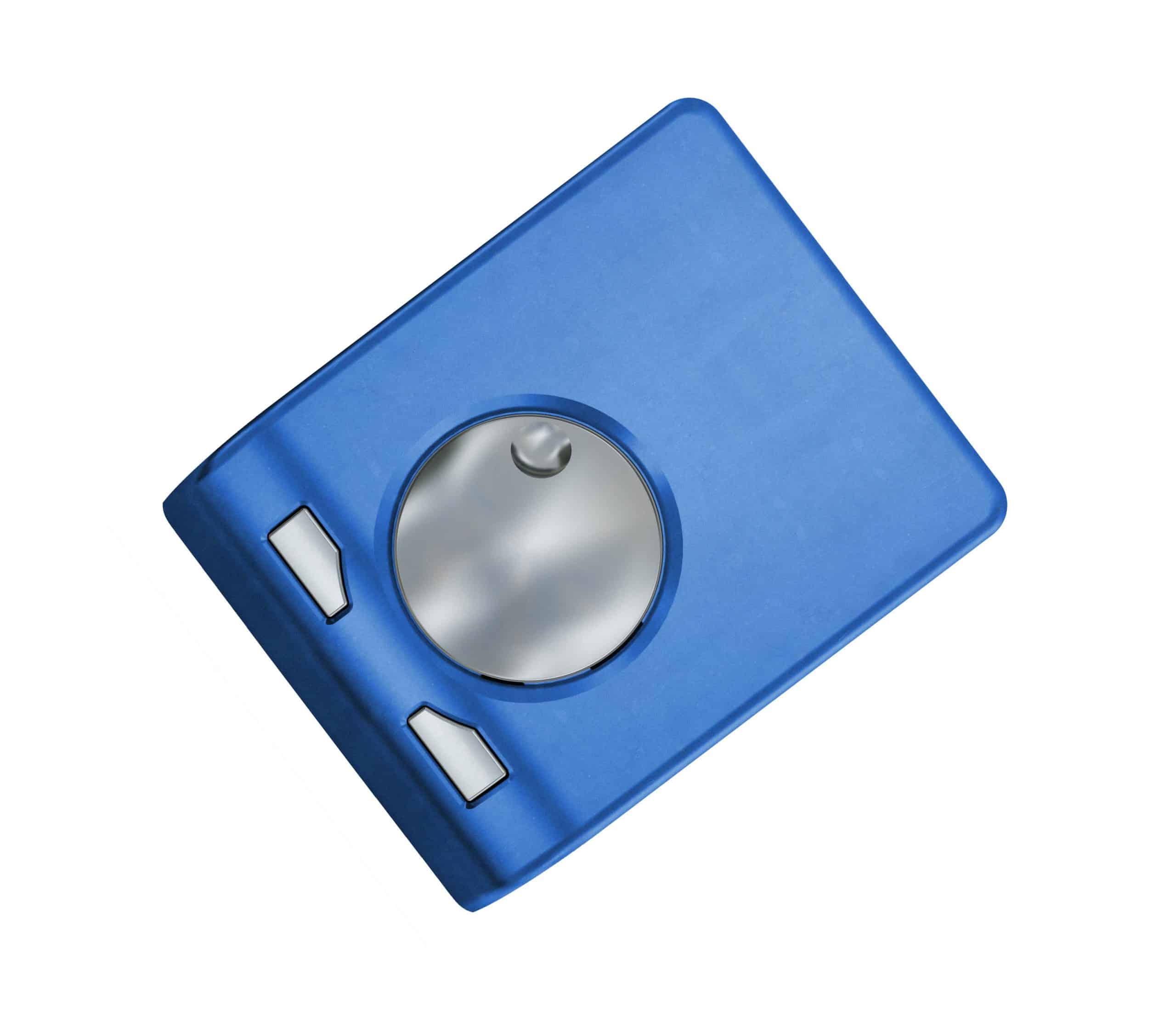Can a Steering Stabilizer Improve Control?

If you’re a proud Jeep owner, driving off-road can be both a thrilling and challenging experience. From the Wrangler to the Cherokee, these rugged vehicles are designed to tackle the most arduous terrains. However, to optimize your Jeep’s performance and ensure a smoother ride, you may consider investing in a steering stabilizer. This article aims to provide a comprehensive guide on steering stabilizers, their role in enhancing control, and overall impact on vehicle performance.
Understanding Steering Stabilizers
Before delving into the specifics, let’s take a moment to understand what a steering stabilizer is. In simple terms, a steering stabilizer, also known as a steering damper, is a suspension system component that’s designed to help reduce the torque steer or wheel shimmy. This subsequently contributes to a smoother ride, particularly when driving over uneven terrain or during sudden maneuvers.
Avez-vous vu cela : How to Optimize Car Space with a Trunk Organizer?
Steering stabilizers achieve this effect by restricting sudden side-to-side movement of the wheels, which can be triggered by various factors including the uneven terrain, a sudden jerk of the steering wheel, or even hitting a pothole.
How a Steering Stabilizer Improves Control
So, how does a steering stabilizer impact control? When you’re off-road or driving on rough terrains, the wheels can judder or experience "death wobble." This phenomenon is a result of the extreme oscillations in your Jeep’s front suspension. Without a stabilizer, the shuddering can travel up your suspension system, all the way to the steering wheel, making it significantly difficult to maintain control of the vehicle.
A lire également : Is a Car Bra Effective for Front-End Protection?
A steering stabilizer will help to absorb these oscillations, resulting in a more stable ride. It acts as a shock absorber for your steering system, reducing the vibrations felt on the steering wheel, and making it easier to maneuver your Jeep, regardless of the terrain. In essence, a steering stabilizer can substantially improve your off-road experience, providing enhanced control and stability.
Installing a Steering Stabilizer on Your Jeep
Once you’ve decided to invest in a steering stabilizer, the next step is installation. The exact location of the steering stabilizer varies depending on the make and model of your Jeep. However, most are typically located in the front, as part of the suspension system, attached to the drag link with a clamp.
It’s important to remember that installing a steering stabilizer should be done by a professional or someone with mechanical experience. Incorrect installation could lead to malfunctions or worse, safety hazards during driving.
To start the installation process, you’ll need to join the right end of the stabilizer to the tie-rod or drag link, and the left end to the chassis or axle. Once you’ve received the stabilizer, the process will involve unbolting your old stabilizer (if you have one), lifting your Jeep, and then fitting the new stabilizer in place.
The Impact of a Steering Stabilizer on Stock Suspensions
While a steering stabilizer can drastically improve control, especially for off-road adventurers, there’s a common misconception that it can also fix issues with a stock suspension.
The truth is, a steering stabilizer is not a band-aid solution for underlying suspension issues. It is designed to dampen out the harsh input from your front wheels, not solve issues like alignment problems or worn-out suspension components.
If you’re experiencing issues such as wobbling, it’s advisable to inspect your suspension system and replace any worn-out or broken parts. Then, consider adding a steering stabilizer to further reduce the impact of forces experienced when off-roading or driving on rough terrains.
Steering Stabilizer: A Valuable Addition
While a steering stabilizer is not a cure-all for your Jeep’s suspension problems, it’s a valuable addition to any Jeep owner’s toolkit. Its primary function is to help you maintain control, providing a smoother and safer ride, especially when navigating challenging terrains.
Investing in a steering stabilizer may seem like a small change, but it can make a big difference in your driving experience. Remember to always prioritize regular maintenance of your Jeep’s suspension system and add a steering stabilizer to enhance control and stability.
Evaluating Various Steering Stabilizers for Your Jeep
There are a plethora of steering stabilizers available on the market, making it challenging to choose the most suitable one for your Jeep. The best steering stabilizer for your Jeep will depend on several factors, including the model of your Jeep, your driving habits, and the type of terrain you frequently navigate.
The majority of stabilizers are hydraulic, though there are also gas-charged stabilizers. Hydraulic stabilizers, such as the Skyjacker 7000 and the TeraFlex Falcon Nexus EF, are well-known for their durability and stability. These dampers utilize fluid resistance to counteract the effects of torque steer, ensuring a smoother ride.
In contrast, gas-charged stabilizers like the Bilstein 5100 and Rancho RS5000X, use pressurized gas for damping. They are favored for their longevity and their ability to reduce heat buildup in harsh terrains, making them ideal for frequent off-road adventurers.
Remember, it’s essential to select a steering damper that aligns with your driving conditions. If your Jeep Wrangler frequently encounters harsh terrains, investing in a sturdy gas-charged damper might be beneficial. Conversely, if your Cherokee Jeep is primarily used for city driving with occasional off-roading, a hydraulic stabilizer should suffice.
Never compromise on quality when choosing a steering stabilizer. Always opt for reputable brands and check posts likes and received likes from fellow Jeep owners to assess user satisfaction and product reliability.
Conclusion: The Steering Stabilizer’s Role in Optimal Control
In conclusion, a steering stabilizer is a critical component that significantly enhances the control and ride comfort of your Jeep, particularly on uneven terrains. It acts as a shock absorber for the steering system, reducing the harsh input from your front wheels, and minimizing the dreaded death wobble.
However, it’s important to remember that a steering stabilizer is not a magic fix for underlying suspension issues. Regular maintenance of the Jeep’s suspension system is still paramount. If you’re experiencing problems like wobbling, it’s prudent to first address these problems by replacing any worn-out components.
Once these issues are resolved, adding a steering stabilizer can further improve your Jeep’s performance, making your off-road adventures smoother and safer. Whether you’re a proud owner of a Wrangler Jeep or a Cherokee Jeep, investing in a quality steering stabilizer is a valuable step towards a better driving experience.
In the world of Jeep ownership, the steering stabilizer truly solidifies its place as a valuable tool in ensuring control, stability, and an overall improved driving experience in challenging terrains. So, take the leap, invest in a suitable steering stabilizer, and experience the difference it makes in your Jeep’s performance.
